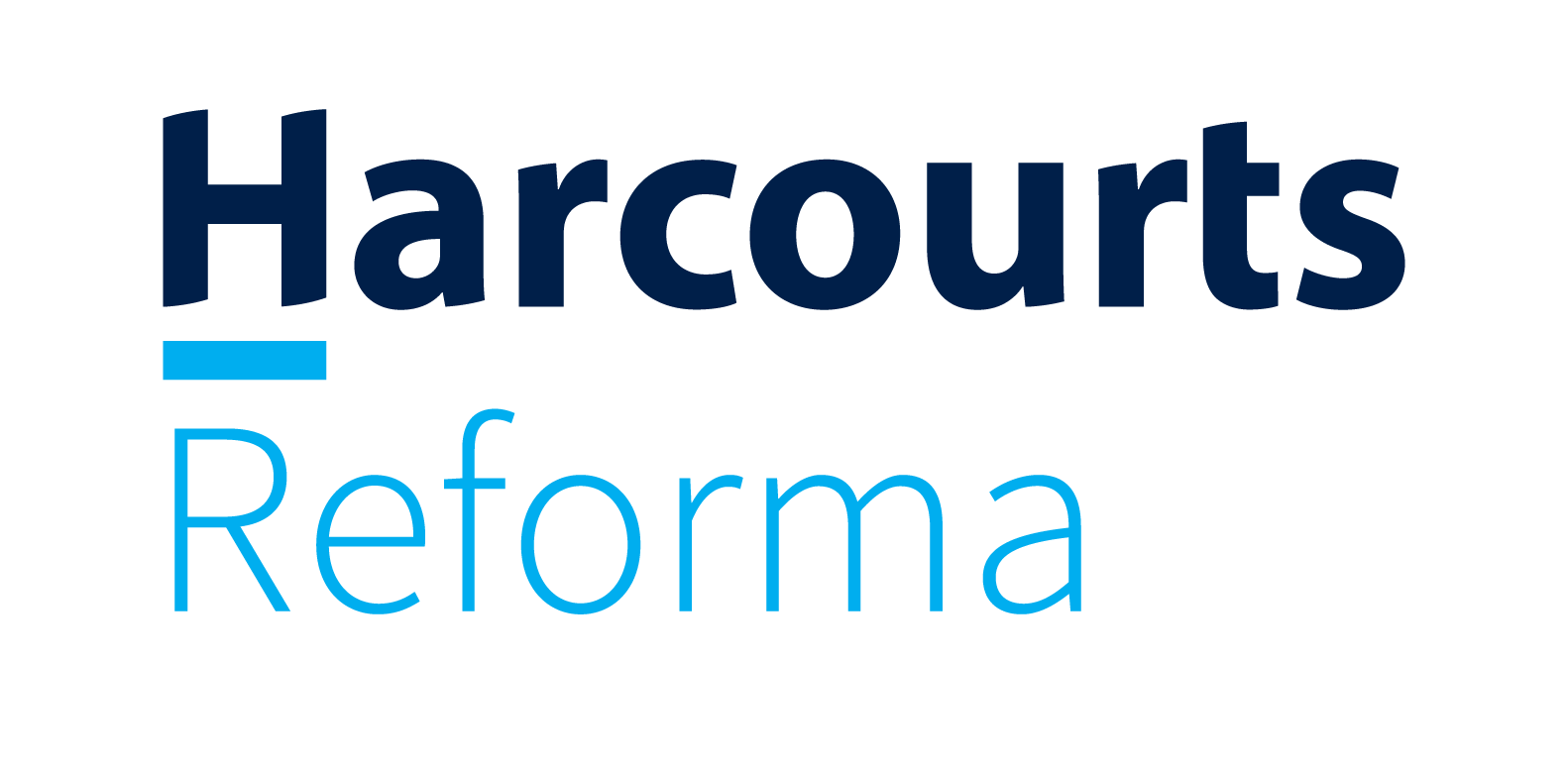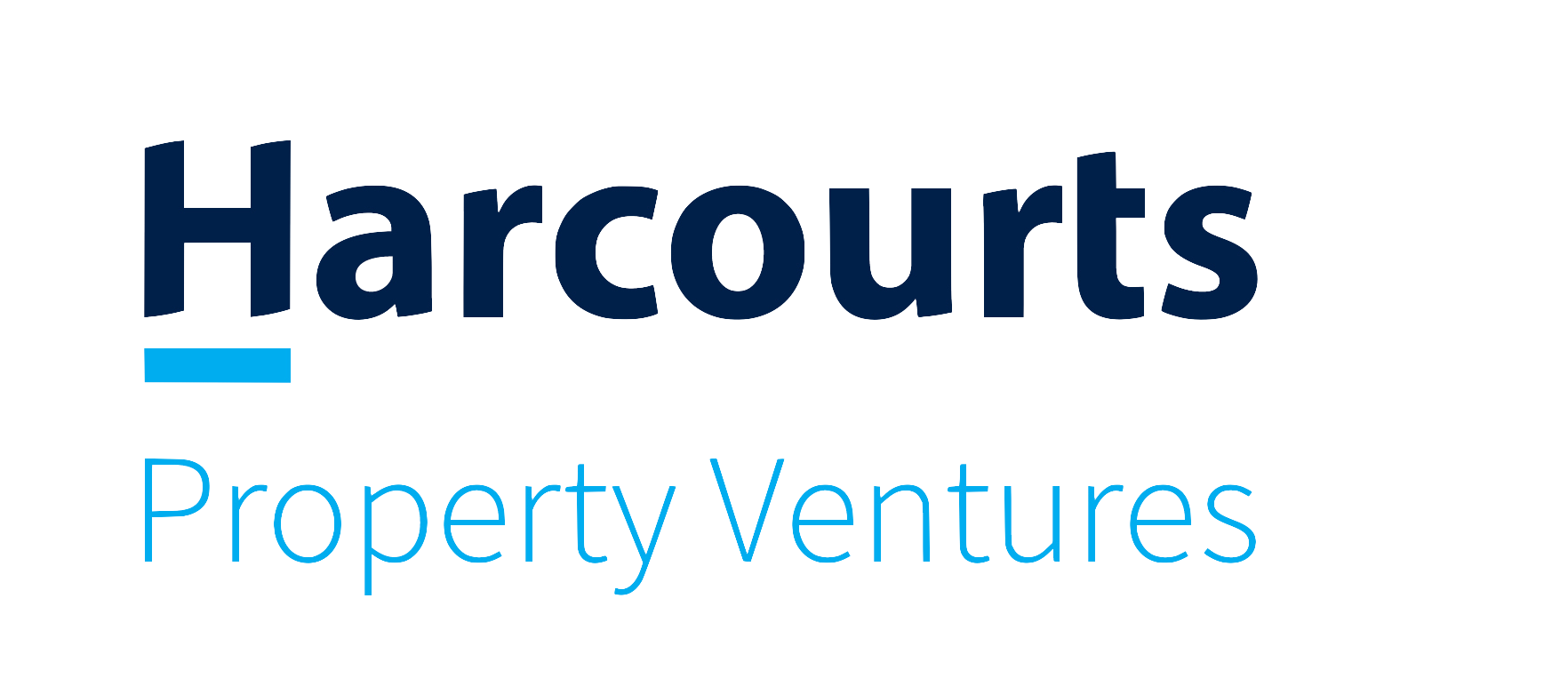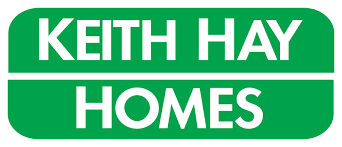Peter Lewis recounts the below experience of an APIA member clawing his way through a meth contamination nightmare. Take a read:
Joe (not his real name of course) owns a property in the northern suburbs of Auckland. There are three residential houses on this property,
and Joe rents them all out to support himself in his old age.
After one of the houses became vacant, Joe retained the property management department of a large Real Estate firm to find replacement tenants. They sought
applicants for the tenancy of the three bedroom house, carried out the appropriate checks, signed up the new tenants on a fixed term tenancy and they
moved in during May 2015.
The tenants were a couple with three school-age children. As the parents were unemployed, the rent was payable directly from their WINZ benefit to Joe.
Joe then took over the management of the property.
He immediately encountered problems with late night partying disturbing other residents and undesirable acquaintances hanging around the property.
Matters came to a head in February 2016 when the tenants turned hostile.
A regular property inspection (as allowed under the Residential Tenancies Act) was carried out in July 2016. Four methamphetamine tests at that time give
a positive result. That inspection also found that the tenants had done significant damage to the property.
Two weeks later, Joe was featured in a news article on the difficult lives that residential landlords lead, and in particular, the methamphetamine issue
was discussed.
The following weekend the tenants at the property vacated without notice, despite the fixed-term tenancy still having seven months to run.
Although they had removed some of their possessions as they departed when Joe was authorised to enter the property by the Tenancy Tribunal he was
faced with removing and dumping seven loads of worthless furniture and rubbish at a cost of $1638.
Joe’s insurance company required Joe to carry out further meth testing costing $552 at his own expense before they took any meaningful interest in Joe’s
claim under the landlord’s extension to his house policy.
The insurance company then engaged their own meth testing agency to carry out more extensive testing and provide a report on the required remediation.
These indicated serious levels of meth contamination so extensive that Joe is faced with stripping out all carpeting, soft board ceilings, wall linings,
all the cabinets, cupboards, wardrobes, doors and possibly window frames removed, the new heat pump and even the kitchen stove. On this basis, Joe
will be left with only the timber framing, exterior cladding, timber flooring and iron roof.
This work was carried out in November, and the necessary retest was done in early December and failed to meet the necessary standard. More work then took
place over a further two weeks by the remediators and yet another test was done mid-December. This also failed. With contamination levels between 0.65
and 1.07 μg/100cm2 in places. Following even more work the property finally tested clear on 24th January, five months after the tenants
vacated the property.
Soon after the tenants departed, Joe lodged a claim with the Tenancy Tribunal for access to the rental bond, which the tenants had lodged with tenancy
Services. This bond, equal to four weeks rent, was eventually paid out to him but does not come anywhere near covering his actual costs. As Joe does
not now know where the ex-tenants are living he cannot lodge a further claim against them for his losses as the window of opportunity that the claim
process allows has now passed. In order to reopen the case, Joe applied for a continuation hearing at the end of October. The application was acknowledged,
but he heard no more. Three months later he enquired what was happening about this application, and was astonished to get the response “it looks as
though this has gone through a twist and perhaps the Court schedulers have missed our request.” Obviously no urgency there. With this astonishing inefficiency
you have to ask are they working for the luckless landlord or the absconding tenant?
So eventually Joe has a decontaminated house back. A hollowed-out and stripped decontaminated house. No floor coverings, no stove, no light fittings, no
curtains, no architraves, no ventilation system and a lot of the paint scraped down to bare timber. He now has his work cut out to get all of this
back together into rent-able state. To make matters even worse, the actually physical damage that the tenants did to the property by breaking windows
and damaging other parts of the property is classed as a separate claim (or most likely several separate claims) on his insurance, each which will
be reduced in value by the amount of his excess.
Will this sad situation continue? Already landlords are dropping out of the housing market, insurance companies are talking of cutting back or even eliminating
their meth remediation cover, and the rental housing shortage is getting worse. There is the prospect of an updated methamphetamine contamination Standard
later this year. Will it suffice to solve the problem? Probably not. It is a social problem as well as a legislative one. Action is needed urgently
to hold tenants such as these fully responsible for the damage they do and the stress they inflict on others.
Peter Lewis currently serves as the Vice President of the Auckland Property Investors’ Association (“APIA”).
The APIA, as well as the New Zealand Property Investors’ Federation, have both put in submissions on Standards New Zealand’s Draft Number DZ8510 – NZS8510 – Testing and decontamination of methamphetamine-contaminated properties. Meth contamination is impacting the rental market in an unprecedently and destructive way. We urge all landlords to participate in the consultation process to influence the outcome of the eventual standard. Note that public submission for DZ8510 closes Monday 20th February. Click here to download a copy of APIA’s submission.















Add Comment